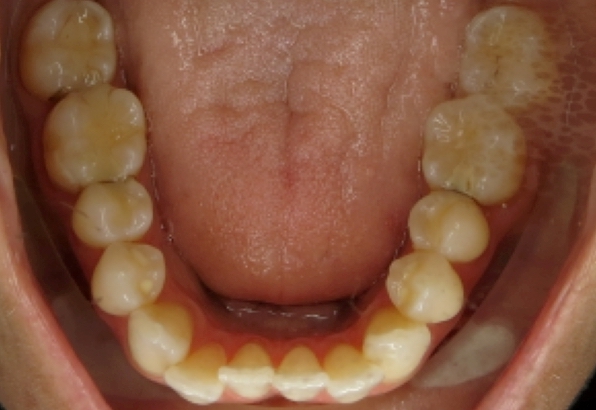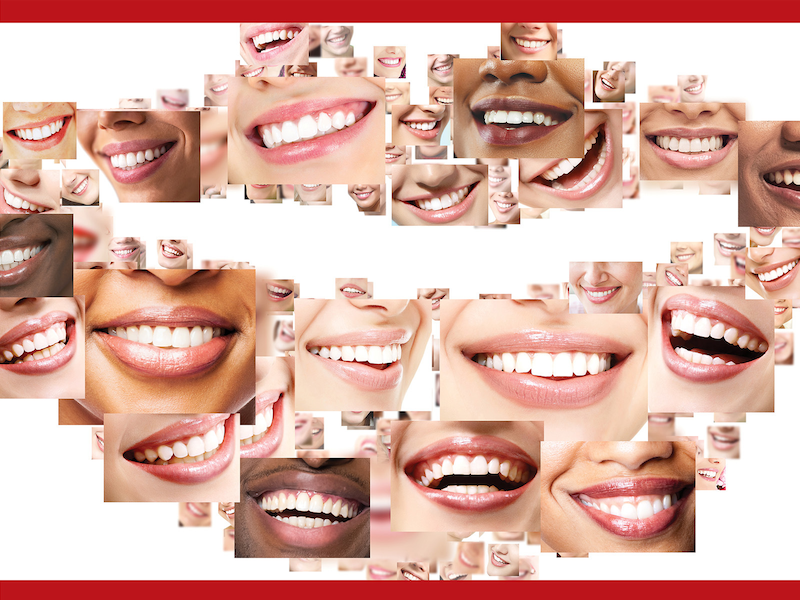November 14th, 2022

Did you have braces as a kid and now things have shifted or moved as an adult? Maybe you removed that little silver retainer that was behind your bottom teeth or maybe you didn't wear your top retainer as your orthodontist suggested? You are not alone! A lot of adults had braces as a young child and now that they are older they have experienced some changing and shifting of their teeth and their bite.
Don't worry - there is help. We are going to be following one woman's story of Invisalign to learn about her experience and see, in her words, how easy it is to get that great smile back!
Day 1 -
Here we go! Today starts the first day of my Invisalign treatment. I am officially the last of 4 in my family to get orthodontic treatment with Dr Holt. Moms are always last, right? My oldest son went off to college this year so I have a little time to focus on myself :)
My aligners had arrived and I went in for my first appointment which was scheduled for 1 hour. The hygienist glued 10 “buttons” on my teeth and used a light to cure the glue. Once they were in place they put my week 1 aligners on to make sure they fit and then taught me how to take them out and put them back in.. My initial response was “these are not that bad, I can do this.” I received 14 aligners to change out weekly. After completing the first 14 aligners, Dr Holt will re-evaluate and decide how much more treatment I need.
One of my concerns before getting treatment was not being able to snack whenever I want because on the days I am home from work I like to snack and am not always a standard three-meal-a-day kind of eater. We will see how this goes…… Once I got home from my appt I made myself a complete lunch, brushed my teeth, flossed and rinsed before putting my aligners back in. Off to a good start! I want to do this well so I can get the best result, the quickest possible.
Stay tuned for the next chapter ...
September 26th, 2022

While Dr. Holt has always been quiet and modest about his philanthropy, he supports and donates to a lot of super cool causes! HOLT Orthodontics is committed to supporting the communities they serve. In fact, Dr. Holt has personally contributed more than $100,000 dollars to local schools. In addition to the local schools, he has hand-picked some amazing charities to support with his time and money
Backpack Society – HOLT Orthodontics was the first corporate sponsor for Backpack Society, a local organization that raises funds, collects food donations and partners with local schools to fill food pantries and provide both weekday and weekend food for kids and families in need in Highlands Ranch, Lone Tree, Sedalia, and Littleton. Their work means kids don’t go hungry and can focus on growing, learning, and thriving in school.
YANAM2M - You Are Not Alone – Mom 2 Mom - Dr. Holt is passionate about supporting mental health and donates his time, professional services and monetary contributions to this non-profit organization that is focused on supporting and providing mentors to moms in our community who are struggling or any mom who can reach out a helping hand and let another mom know that they are NOT alone. This support group and mentorship program helps moms in the Highlands Ranch area, so they have a strong support system during the ups and downs of motherhood!
Douglas County Education Foundation (DCEF) – As a proud parent with children in the Douglas County School District, Dr. Holt is dedicated to helping support and enrich the student experience. He supports and donates to this organization that works to promote innovation in the schools and provides development and encouragement for teachers and students across the district. They raise money to help provide scholarships to high school seniors to attend college, and provide grants for the classroom, STEM programs and provide technology for students with sight, hearing or orthopedic challenges.
August 8th, 2022

Invisalign is a series of clear aligners that are designed to gently move your teeth one clear tray at a time. You wear the trays every day and night and the teeth will gradually align into a beautiful smile. It is easy to get started. You meet with Dr Holt and have a consultation and get a sneak peek at what your new smile could look like--how fun and exciting! You can see the simulated outcome. Dr Holt uses the latest technology with a 3D iTero scanner that takes little pictures (no radiation) and creates a 3D model of your teeth. From there he can map out the best treatment plan for you and show you the end result. Easy as that. Then you start transforming your smile at the next visit when your aligners arrive (usually in 3-4 weeks). Dr. Holt will ensure that they fit well and are moving the teeth correctly and from there you are on your way to a beautiful new smile. :)
Those all-night study sessions might be painful, but at least Invisalign® aligners are more comfortable than braces.* AND you can eat whatever you want to stay awake. It’s the little wins that matter ... right?? Pop quizzes? Yes (unfortunately.). Popped brackets and snapped wires? Not today. Start smiling today with a Top Level Certified Invisalign Orthodontist, Dr Holt.
June 1st, 2022

5280 Top Dentist awards hit the newsstands recently. This is a list of fellow dentists ranking other docs and their practices.To create its list, topDentists asked dentists and specialists a personal question: “If you had a patient in need of a dentist, which dentist would you refer him or her to?” The nomination pool comprised all active dentists listed online with the American Dental Association as well as with dental academies and societies. Respondents were asked to consider experience, continuing education, manner with patients, use of new techniques and technologies, and physical results. After the responses were compiled, dentists were checked against state dental boards for disciplinary actions to make sure they have active licenses and are in good standing. We realize there are many fine dentists who are not on this list; a dentist’s inclusion is based on the subjective judgments of fellow dentists.
Dr HOLT has been selected as the Top Orthodontist in 5280 Magazine every year since 2008. HOLT Orthodontics is honored to be named the top orthodontist in Denver. Thank you to all of the dentists that recognized the excellent clinical outcomes and outstanding patient care we provide.




